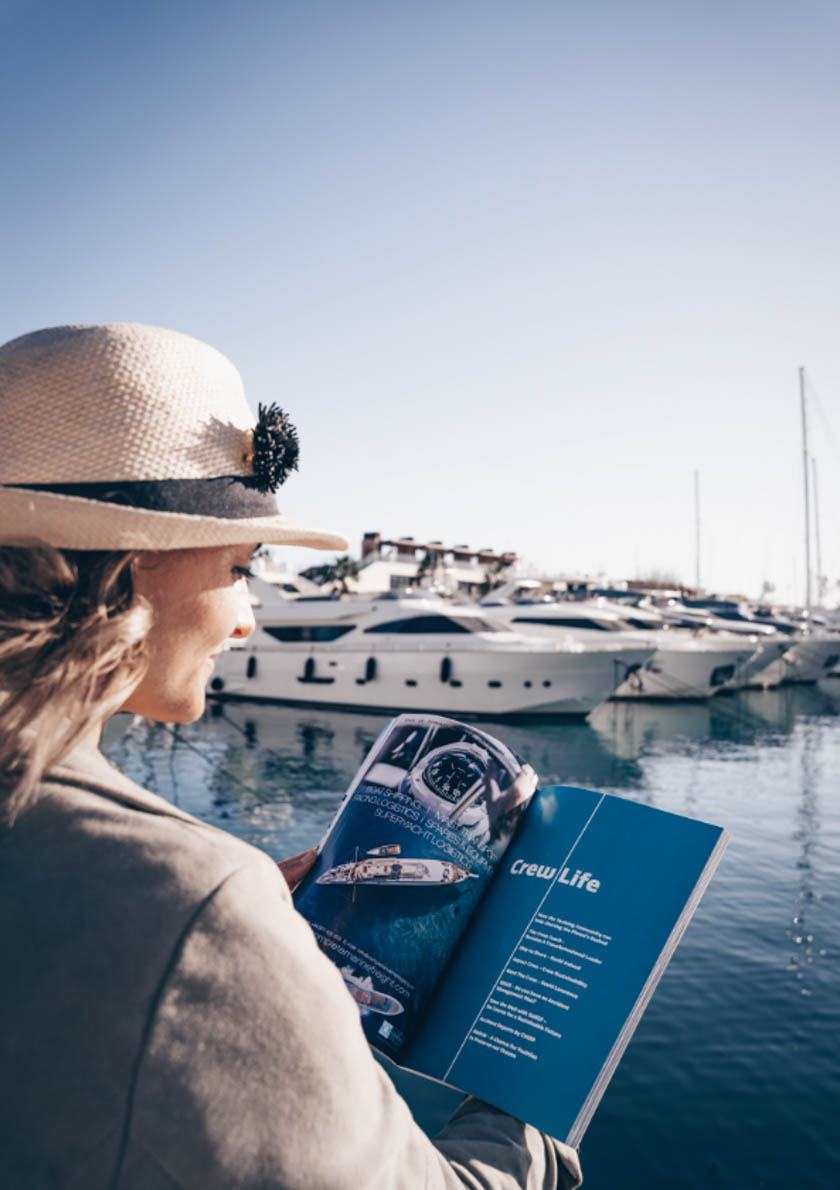The Iliotibial tract is a long wide band running down the outside of the thigh. It gives shape and conformity to the quadriceps and stability to the knee and hip joints.
Usually any injury to the ITB is caused by repeated stress such as regularly running, jumping or climbing.
Other causes include leg surgery as when the leg has been immobile; the ITB band may tighten up. Hip replacements can also cause ITB inflammation when the inevitable loss of leg length associated with arthritis of the hip joint is regained during the operation. There is an increase of tension put on the ITB band which may well not have been felt for many years. This is quite easily resolved with physiotherapeutic techniques and stretching.
Signs and Symptoms
Strains of the ITB band can be felt all down its length although most commonly felt at the outside of the knee joint (particularly if you are a runner) and also at the top attachment at the Greater Trochanter (outside of the hip bone)
These areas may show a redness of inflammation and swelling which is most noticeable in the knee.
Post surgical patient are rarely not aware of the tightness of the ITB until it is massaged and stretched prior to full weight bearing which will be controlled by the Physiotherapist.
Prevention
As already mentioned, ITB problems are most usually caused by overuse and if you are a frequent runner, it is important to pay attention to the condition of your shoes. Everyone’s foot plant is different and so “off the shelf” footwear may not necessarily be sufficient for your footfall.
The difference in angulation of the hip joints between men and women (not to mention shoe sizes and arches) can mean that just because you’re running partner prefers a particular shoe, it may not be the best choice for you!
There are many possibilities now to have your own insoles made for your personal footfall .
Another thought to take into account is the route you are taking.
The camber of a road or running the same curves around a track can cause excess strain on the ITB. The solution is easy – just change direction around the track or alter your road route regularly and remember to warm up with a fast walk first.
Tensor Fascia Lata
This is a little known muscle which operates the tension of the ITB,
This muscle not only tightens the iliotibial tract to help contain the powerful muscles of the thigh, but also aids the gluteal muscles in abduction and external rotation (moving the leg out sideways and rotating the knee outwards) Not surprisingly, this muscle can be easily overstrained when horse riding skiing or hurdling.
The most common sites of pain on injury of the ITB include the greater trochanter (this is the knobble of bone easily felt on the outside of the hip joint at the top of the thigh) and the lateral condyle of the knee (palpable on the outside of the knee joint) however a shortened ITB is capable of producing pain all down its length as well as at its attachments.
If you suspect you have an ITB problem it is important to see a physiotherapist as many other problems can mimic ITB symptoms. For example, pain felt on the outside of the hip could also be Trochanteric Bursitis or Gluteal Tendonitis. Likewise pain felt on palpation of the outside of the knee could also be Lateral Colateral ligament strain or Peroneal Tendonitis.
Treatment
Your Physio will have several possible approaches to relieve the symptoms depending upon where the injury is along the length of the ITB using a combination of electrotherapy and manual techniques. However the key to a successful outcome is home stretching as demonstrated in the diagram.

A personal one on one with your physio or personal trainer to correctly teach ITB stretching would be the best way forward in the treatment of ITB Syndrome.
Tracey Evans
The Physiotherapy Centre
+34 609 353 805













0 Comments